3D Printing Paths Optimization
Optimizing Material Use and 3D Printing Paths
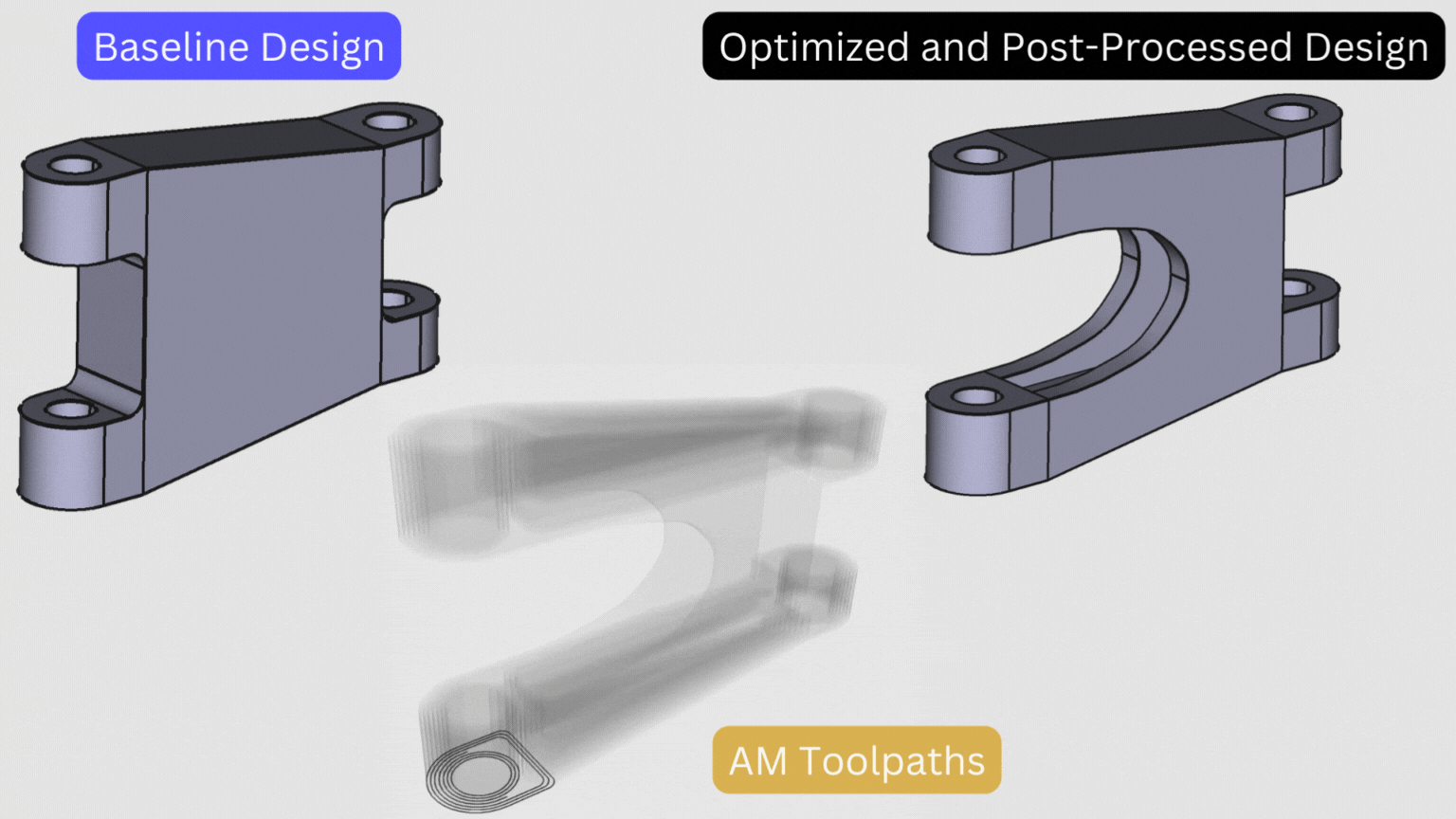
Harnessing Carbon Fiber's Potential in 3D Printing
Elevating Mechanical Properties with Sophisticated Design Strategies
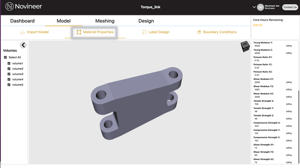
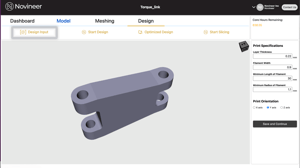
The use of continuous carbon fibers in Additive Manufacturing (AM) of polymers greatly improves their mechanical properties, matching AM metals' strength at half the weight. However, this requires a sophisticated design approach for both the object's geometry and its printing paths. Novineer's technology meets this challenge by optimizing the shape and printing paths, leveraging the materials' anisotropic properties within specific manufacturing constraints. Material properties such as Young's modulus, tensile, compressive, and shear strengths guide this optimization. Constraints such as layer height, minimum filament curvature radius, and fiber spacing are considered in the design process to ensure manufacturability.
Exploiting Material Anisotropy for Enhanced Performance
Strategic Load Distribution through Optimized Printing Paths
Fiber-reinforced polymers exhibit significant anisotropy, with their stiffness and strength being much higher along the fiber direction than across it—sometimes by two orders of magnitude. This characteristic offers design advantages, allowing for the strategic distribution of loads by altering fiber orientation, thus enhancing the structure's overall strength and stiffness. Novineer capitalizes on this by precisely adjusting the 3D printing paths and geometry, tailoring material orientation for optimal performance. A detailed sensitivity analysis, considering both object shape and material directionality, guides this optimization effort.
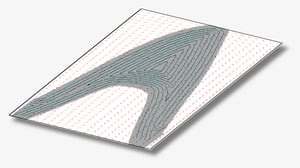
Overcoming Design Challenges in Composite AM
Addressing Stress Concentrations with the Tsai-Wu Failure Criterion
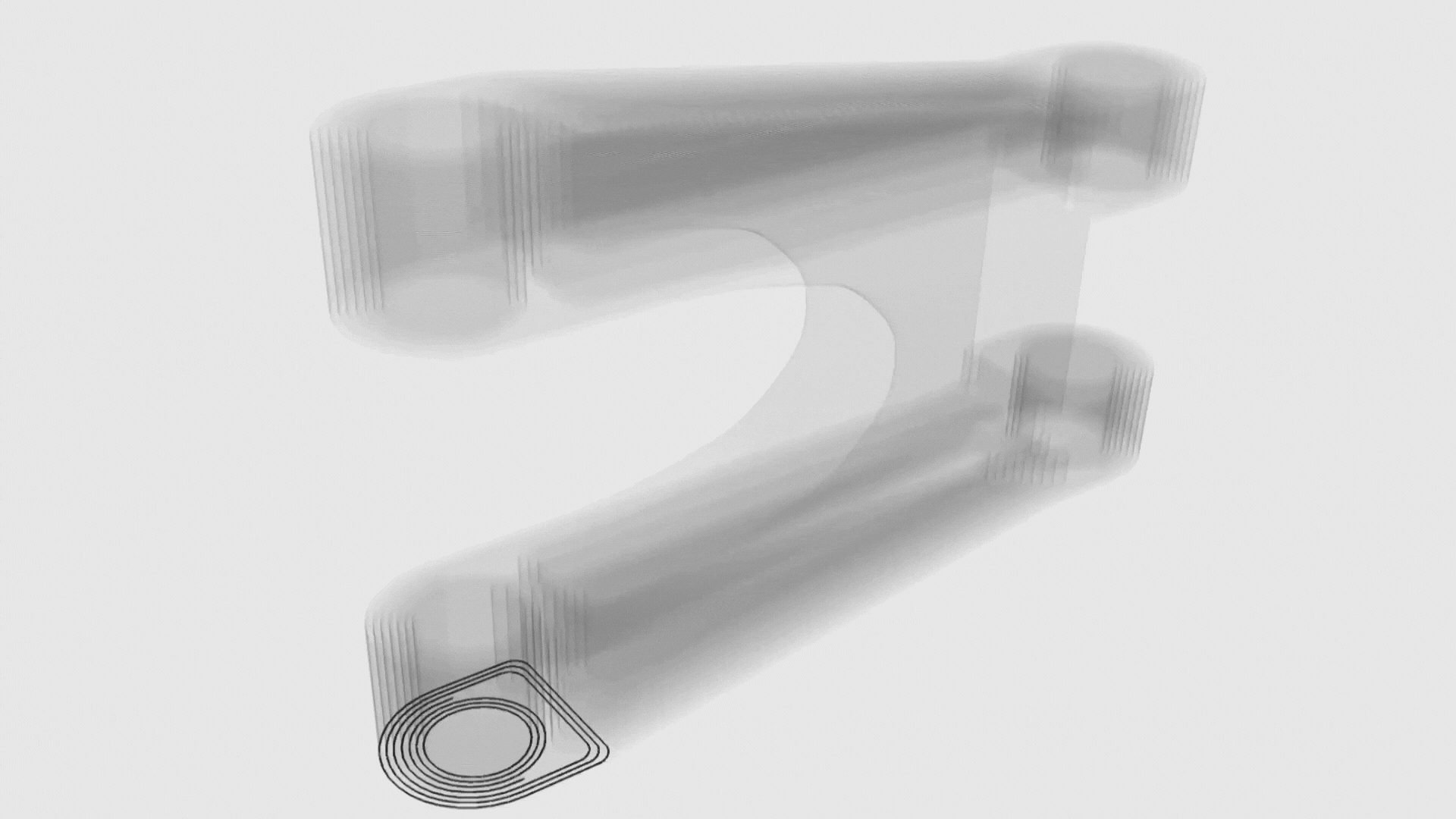
For composite materials produced through AM, optimization also includes addressing the challenges of non-homogeneous failure criteria, specifically using the Tsai-Wu failure criterion. By doing so, Novineer's technology effectively mitigates local stress concentrations that can arise from complex geometric features, such as re-entrant corners, and from the printing paths themselves. This holistic approach to optimization not only enhances the structural integrity of the final product but also pushes the boundaries of what's possible with additive manufacturing, marrying high strength and lightweight design in unprecedented ways.

